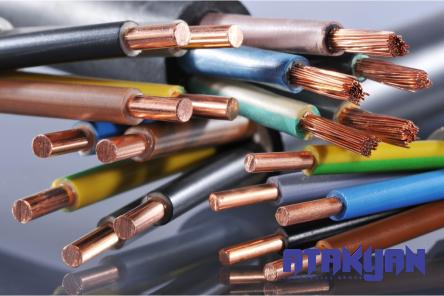Choosing the Right Welding Electrode Size for Optimum Results

Introduction:

Welding is a crucial process in various industries, ranging from manufacturing and construction to automotive repair and metal fabrication. Among the essentials of a successful welding operation is the selection of the right welding electrode size. The electrode size plays a vital role in determining the final weld quality, efficiency, and overall project success. In this article, we will discuss the importance of welding electrode size, factors to consider when buying, and how the price can impact your decision-making process.

Discussing Welding Electrode Size:

Welding electrode size refers to the diameter of the electrode used in the welding process. Commonly, electrode sizes range from 1/16 inch to 5/16 inch. The size of the electrode can significantly impact the outcome of the welding process, including the quality of the weld, penetration, and control over the weld pool.

Buying the Right Welding Electrode Size:
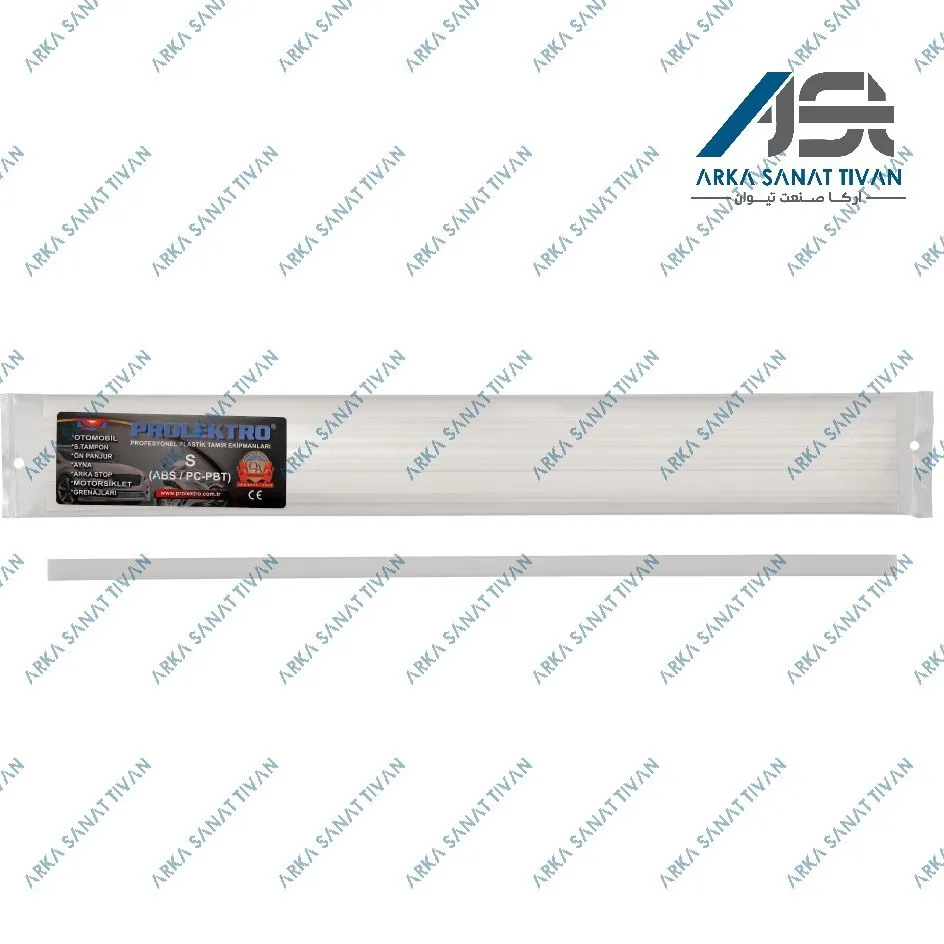
When deciding on the appropriate welding electrode size, several factors should be considered:

1. Material Thickness:
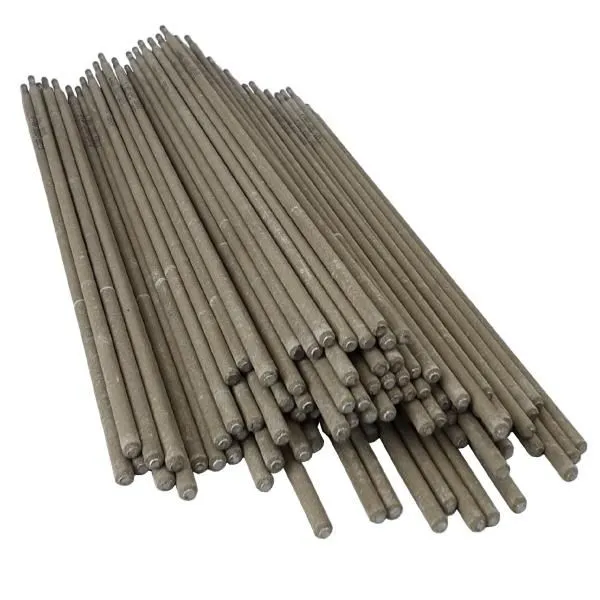
One of the primary aspects to consider is the thickness of the material being welded. Different electrode sizes are better suited to specific material thicknesses. For thinner materials, a smaller electrode size (1/16 inch or 5/64 inch) is recommended, as it provides better control and reduces the risk of burn-through. However, for thicker materials, a larger electrode size (3/16 inch or 5/32 inch) is ideal for deeper penetration and faster welding speeds.
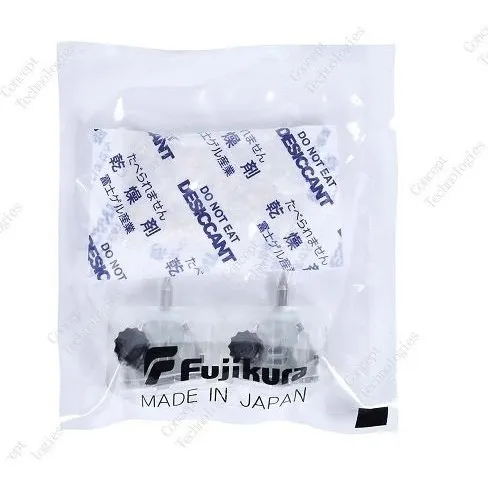
2. Welding Amperage:

The welding amperage is another crucial factor to consider when selecting electrode size. Different electrode sizes have recommended amperage ranges, which should be followed to achieve optimum results. Using the correct amperage range ensures that the electrode melts consistently and that the weld bead is well-formed. The manufacturer’s guidelines should be consulted to determine the appropriate amperage range for the chosen electrode size.

3. Joint Type:

The type of joint being welded also influences the choice of electrode size. For fillet welds, where two pieces of metal are joined at a right angle, smaller electrode sizes are often preferred as they provide better control and maneuverability around tight corners. On the other hand, larger electrode sizes are often beneficial for butt welds, where two flat surface joints are fused together, as they offer deeper penetration and increased travel speed.

Price of Welding Electrode Size:

When it comes to the price of welding electrode sizes, various factors come into play:

1. Material Type:

Different welding electrode materials come at varying costs. Generally, basic electrode materials, such as mild steel, tend to be more affordable compared to specialized alloys or coated electrodes designed for specific applications.

2. Packaging and Quantity:

The packaging and quantity of welding electrodes can impact the overall price. Purchasing electrodes in bulk quantities often results in lower unit costs. Additionally, some brands offer discounted prices for larger packs, providing significant savings for those requiring a higher volume of electrodes.

3. Brand and Quality:
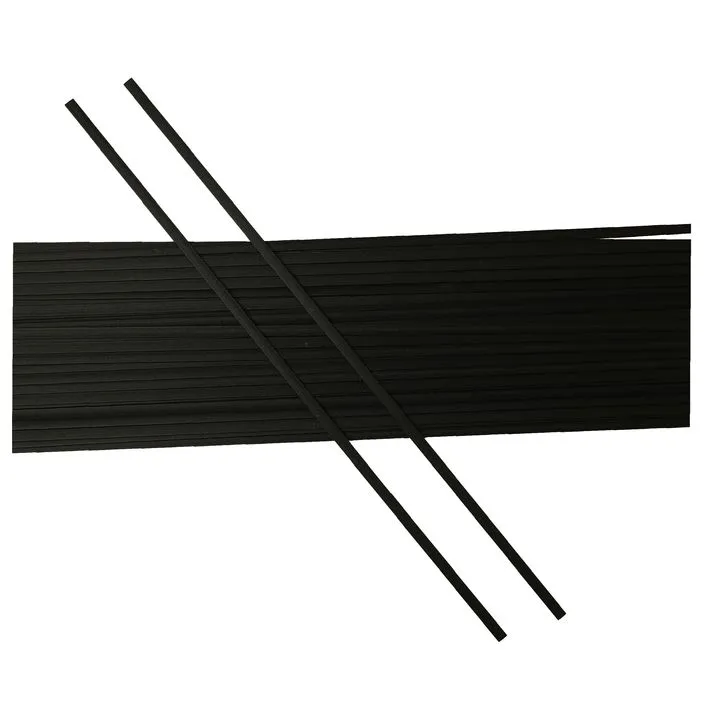
The brand and quality of the welding electrode can also affect the price. Established brands that have built a reputation for consistency, reliability, and performance often tend to have higher prices than lesser-known or generic brands. However, choosing a high-quality electrode that meets industry standards and offers superior performance is essential to ensure a successful weld.
Conclusion:
Selecting the correct welding electrode size is critical for achieving optimal results and high-quality welds. Factors such as material thickness, welding amperage, and joint type should be taken into account when buying electrodes. While price is an important consideration, the focus should be on obtaining an electrode that fulfills the specific requirements of the welding project, offers good performance, and ensures a strong and durable weld. Ultimately, investing in the right welding electrode size is a step towards enhancing the efficiency and proficiency of any welding operation.








